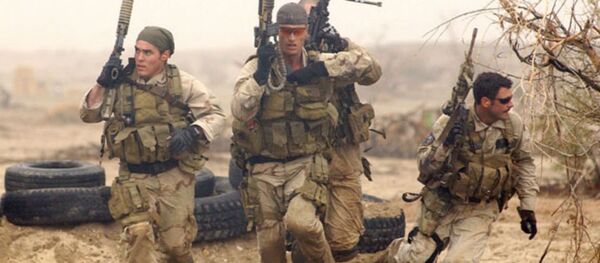The incident has cast doubt on the decades-old training activities of the Navy SEALS, America’s most elite fighting unit, and has blurred the line between preparation and recklessness. An autopsy found that drowning, along with an abnormal heart enlargement, was the cause of Lovelace’s death. He was in his first week of training in Coronado, California, near San Diego.
The Navy is conducting an internal investigation and the instructor, whose identity has not been made public, has been reassigned to administrative duties until the investigation is complete. The homicide ruling does not imply that a crime has been committed, and the officer has not been charged.
The report states that Lovelace, a native of Crestview, Florida, was having great difficulty treading water in boots, fatigues and a water-filled dive mask. Surveillance video showed him being dunked twice by an instructor while he was struggling. He also lost footing in the pool several times while the instructor and others continued to splash him for five minutes.
The video also shows the instructor bringing Lovelace out of the water partially before pushing him back down. One of his fellow trainees, at one point, tries to help him keep his head above water. Witnesses claimed that Lovelace’s lips were blue and his face was purple afterward, and one person considered calling for a "time-out" to temporarily halt the exercise. Lovelace lost consciousness shortly after being pulled from the pool. He was then taken to a civilian hospital where he died.
The report stated that the drowning could be considered an accident because it was a part of a "rigorous training program that was meant to simulate an 'adverse' environment." But, "it is our opinion that the actions, and inactions, of the instructors and other individuals involved were excessive and directly contributed to the death."
Keith David, a former Navy SEAL who underwent training 8 years ago, doesn’t recall whether he or others were dunked, but says that he does remember people staying underwater too long. He said, "I know it wasn't uncommon. Guys pushed themselves so hard to stay down, they would force themselves to black out, but instructors would be ready to bring them back to consciousness."
David said he was surprised by the medical examiner’s report because, "These are high-risk trainings so if they are done enough times, they're going to have a death…I'm surprised there are not more deaths. They do a great job of mitigating all that."
"What people have to understand is what SEALs train for, is to go to war" said former Navy SEAL commander Dan O’Shea. "It's inherently dangerous, and so is the preparation." O’Shea remembers trainees passing out underwater before resurfacing and coughing up water. He’s concerned that the ruling may lead to the Navy attempting to fix something that he suggests is not broken. He said, "Changing standards would mess with a process that has proven its mettle since 1962 and produced the most elite fighting force on the planet, one that took out Osama Bin Laden. Why mess with perfection?"




